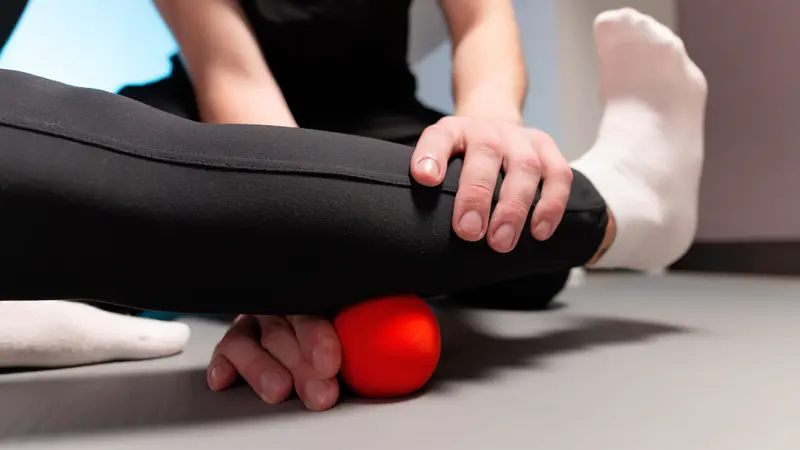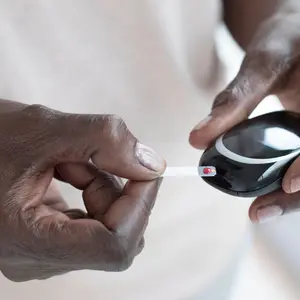

Complementary and Alternative Medicine (CAM)

Complementary and Alternative Medicine (CAM)
What Is Myofascial Release Therapy?
Have you ever wanted a massage—but needed more intensive therapy? Myofascial release therapy may be for you.
Myofascial release therapy is a type of physiotherapy performed by a trained professional (e.g., osteopath, chiropractor, massage therapist, physiotherapist) that aims to target the interconnected tissue that knits together the muscles (i.e., the fascia).
Myofascial release therapy is more intensive than therapeutic massage and usually reserved for people with chronic muscular pain. In contrast to a therapeutic or Swedish massage, during which a therapist uses rubbing, sliding, and kneading motions to target tightness and knots in the muscle, myofascial release therapy involves the application of sustained, targeted pressure of three to five minutes on the fascia in order to improve pain and mobility issues. Through this sustained pressure, myofascial release therapy aims to soften the three layers of fascia: the superficial layer, the layer of potential space, and the deep layer.
Self-myofascial release therapy can also be done at home using a foam roller or massage gun. This may be especially helpful for athletes who struggle with fascial tension due to repetitive muscle use.
Myofascial release therapy can:
- Relieve pain and muscle tension related to fascial immobility
- Enhance movement and muscle function
- Improve blood flow throughout the body
- Increase muscle recovery
- Improve sleep
- Reduce anxiety
- Improve quality of life
A 2021 study found that myofascial release therapy significantly improved discomfort and mobility issues in chronic lower back pain cases. Additionally, a 2022 study on self-myofascial release in long-distance runners found that using foam rollers greatly improved muscle flexibility, particularly in the calves, hamstrings, hips, and glutes.
Potential risks of myofascial release therapy include bruising and soreness due to the intense, sustained pressure on target areas, both of which should resolve in the days following your treatment. This discomfort may also lead to sleep disturbances until the pain resolves. In rare cases, an inexperienced myofascial release therapy practitioner may cause internal bleeding. Be sure to visit a certified physiotherapist or massage therapist to reduce the risks.
REFERENCES
Walters, M. (2022, March 16). What is myofascial release therapy? https://www.livescience.com/what-is-myofascial-release-therapy


 By
By







